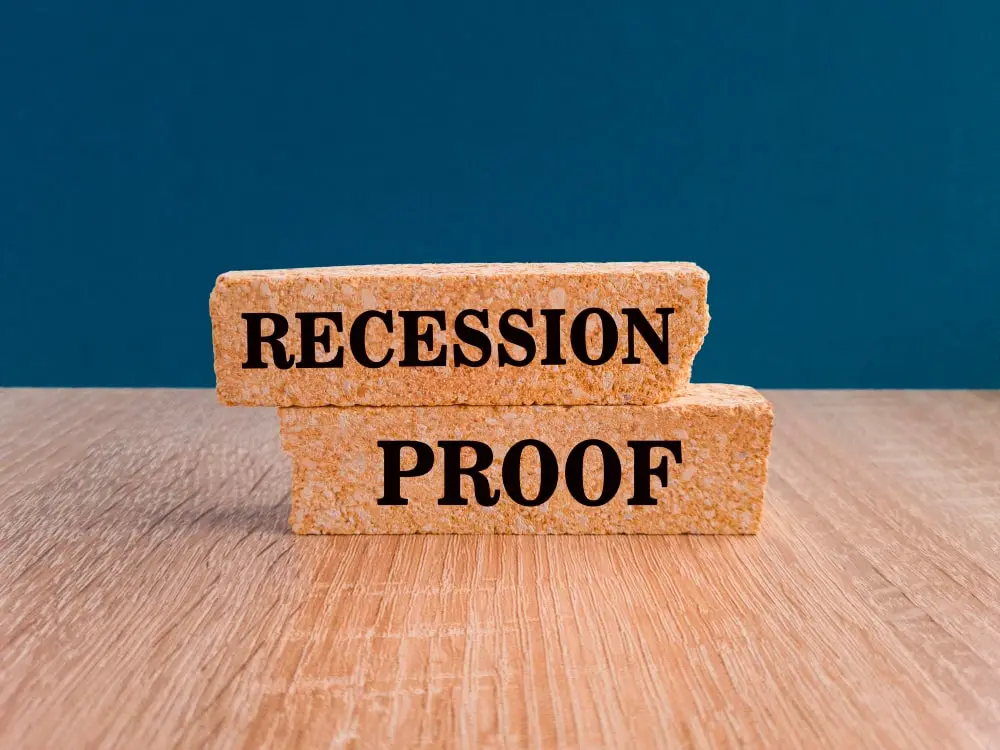Loan to Value (LTV) Explained: Why It Matters in Real Estate Debt Funds


The Loan-to-Value (LTV) ratio is a crucial metric in real estate investment, especially in the context of real estate debt funds. It measures the relationship between the loan amount and the appraised value of the property, helping assess the risk involved. A lower LTV ratio indicates lower risk and often results in better borrowing terms, while a higher LTV suggests higher risk and higher interest rates. In real estate debt funds, the LTV ratio is essential for evaluating fund risk, capital preservation, and potential investment returns. Investors can use the LTV ratio to make informed decisions by analyzing the fund’s risk profile, comparing different funds, and diversifying their investments based on LTV levels. Ultimately, understanding and utilizing the LTV ratio is key to managing risk and optimizing returns in real estate debt investments.
Navigating the Recession: The Role of Real Estate Debt Funds in Securing Your Investments


In times of economic uncertainty and recession, Real Estate Debt Funds play a crucial role in securing investments by offering stability and diversification. Unlike traditional equity investments, these funds focus on income-generating debt, providing consistent returns with lower risk. By investing in loans backed by real estate, investors can benefit from interest payments, capital preservation, and a hedge against market volatility. This blog explores how Real Estate Debt Funds function, their advantages during a recession, and why they are a key tool for investors seeking safe, income-generating opportunities amid economic downturns.
The Importance of Cash Flow in Real Estate Debt Investments


Cash flow is a critical factor in real estate debt investments, as it determines the financial health and sustainability of an investment property. Investors rely on consistent cash flow to meet debt obligations, maintain property upkeep, and generate returns. Positive cash flow indicates that the property generates more income than expenses, making it a safer and more lucrative investment. By understanding how to calculate and manage cash flow, investors can make informed decisions, mitigate risks, and enhance the profitability of their real estate portfolios. Proper cash flow management is essential for long-term success in real estate debt investments.
How To Overcome the Challenges of Investing in Real Estate Debt Funds?


Real estate debt funds are gaining popularity as an alternative investment for portfolio diversification and passive income. However, they come with challenges such as lack of transparency, illiquidity, market volatility, due diligence burden, and regulatory complexities. Investors often face limited visibility into the assets funded, difficulty accessing capital during economic uncertainty, and the need for extensive due diligence. To overcome these, opting for funds with enhanced disclosure, diversifying investments, partnering with experienced fund managers, and using third-party due diligence services can help. Understanding liquidity needs and aligning investment horizons with personal goals is also crucial. With the right approach, real estate debt funds can be a valuable addition to your portfolio.
Top Benefits Of Investing in Real Estate Debt Funds For High Net-Worth Individuals


Investing in Real Estate Debt Funds offers significant benefits for High Net-Worth Individuals (HNWIs) seeking stable, income-generating opportunities. These funds provide attractive yields with lower volatility compared to direct real estate investments, as they focus on fixed income from loan interests rather than market fluctuations. HNWIs enjoy diversification across multiple real estate projects, reducing risk while maintaining steady returns. Additionally, Real Estate Debt Funds are professionally managed, offering expertise and insight into lucrative opportunities while saving time and effort. Tax advantages and predictable cash flows further enhance their appeal, making them an excellent choice for portfolio diversification and long-term wealth preservation.
Why Real Estate Debt Funds Are An Investor’s Hidden Gem?


Real estate debt funds offer a unique investment opportunity, combining the stability of real estate with the benefits of debt financing. These funds allow investors to earn steady returns through interest income, without directly owning property, reducing risk compared to equity investments. They are particularly attractive for those seeking diversification, as they invest in a range of real estate loans, typically secured by commercial and residential properties. Additionally, real estate debt funds offer better liquidity compared to traditional real estate investments, making them a hidden gem for investors looking to balance risk and return in their portfolio. This blog explores how these funds work, their advantages, and why they’re a smart addition for investors seeking consistent yields and lower volatility.
Debt Funds Are An Investor’s Hidden Gem?
How Are Real Estate Debt Funds Compared To Traditional Real Estate Investments


Real estate debt funds and traditional real estate investments differ significantly in terms of risk, returns, and investment strategies. Debt funds primarily focus on lending to real estate developers or property owners, offering more predictable returns and lower risk since they receive interest payments rather than relying on property appreciation. Traditional real estate investments involve owning property, which can provide higher returns through rental income or property value appreciation but also comes with higher risk and capital requirements. Debt funds appeal to investors seeking steady income and less exposure to market volatility, while traditional investments are favored by those looking for higher long-term gains and are willing to accept greater risk. Both options have unique benefits, and investors should align their choice with their financial goals and risk tolerance.
Unique But Effective Passive Income Ideas You Haven’t Heard Of!


Unique But Effective Passive Income Ideas You Haven’t Heard Of!
How To Evaluate Alternative Investment Opportunities?


Evaluating alternative investment opportunities involves a thorough understanding of potential risks and returns, liquidity, and alignment with your financial goals. Start by assessing the risk profile of each investment and its potential impact on your overall portfolio. Analyze historical performance, market trends, and economic conditions to forecast future returns. Liquidity is another key factor—consider how easily the investment can be converted into cash without significant loss of value. Additionally, understand the fee structure, tax implications, and regulatory requirements. Lastly, ensure the alternative investment complements your existing portfolio strategy, enhancing diversification and long-term growth potential.
Emerging Trends In Alternative Investments


Emerging trends in alternative investments highlight a shift towards diversified portfolios, focusing on asset classes beyond traditional stocks and bonds. Investors are increasingly exploring private equity, venture capital, real estate, cryptocurrencies, and hedge funds to enhance returns and hedge against market volatility. Additionally, sustainable and impact investing is gaining traction, driven by a growing demand for ethical and environmentally responsible investment options. The rise of technology has also opened doors for fractional ownership, allowing retail investors to access high-value assets like art, collectibles, and real estate. As these trends continue to evolve, alternative investments are becoming a crucial component of modern portfolio strategies, offering unique opportunities for growth and risk mitigation in a dynamic financial landscape.
